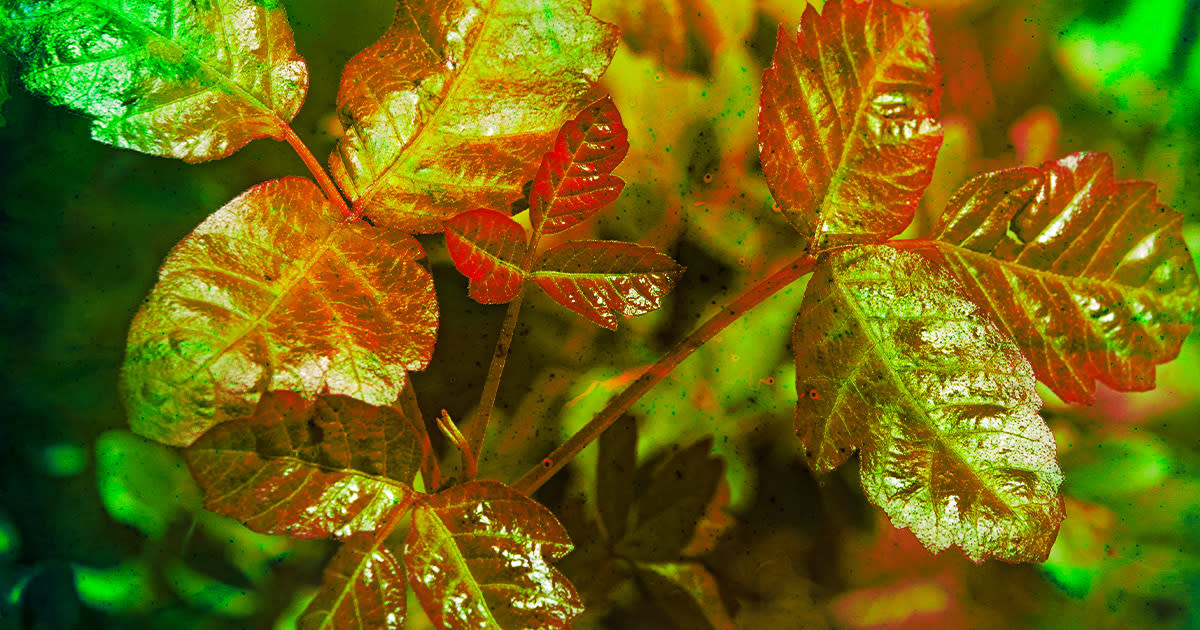Man Drinks Poison Oak Smoothies in Bid to Develop Resistance

How far would you go to avoid a rash from a common pest on hikes?
Well, one reporter for The Wall Street Journal has gone as far as to blend poison oak into smoothies and mix them into his salad bowl — all in a bid to develop an immunity towards the chemical irritants found in the plant's leaves.
Jeff Horwitz, who usually reports on technology, wrote about his slightly mad mission for a feature article in the Saturday newspaper.
"I started eating poison oak in January, when the first buds began to swell on the hazardous plant’s bare stems," he wrote, explaining that he was sick of getting poison oak rashes during mushroom foraging trips in California.
And surprisingly, despite some stern written warnings he came across during his research, Horwitz's newfound habit of eating poison oak seems to have built up a resistance to the shrub and its plant resin urushiol, also found in poison ivy and sumac, and which causes the rash.
After ingesting an increasing amount of poison oak leaves in his smoothies and salads — the "taste of young poison oak is surprisingly mild, grassy and only a little bit tart," he notes — he didn't get any signs in his body that it was stressed out from the experiment, except for red rashes here and there. He also experienced an itchy butt — presumably from pooping out the remnants.
At the end of his experiment, Horwitz says he could rub a poison oak leaf on his skin and not experience any rash breakouts.
"My poison-oak salad days are over, but I do intend to nibble a few leaves here and there when hiking around the Bay Area in an effort to maintain my resistance on a permanent basis," he wrote.
Horwitz got his idea from reading about how California's indigenous tribes would make tea from poison oak roots and eat the leaves to develop immunity. He also read online forums where outdoors enthusiasts discussed noshing on poison ivy or poison oak helped them develop a resistance, though much of literature he consulted warned not to eat the plants.
In the first half of the 20th Century, pharmaceutical companies capitalized on this folk remedy and sold to the public poison ivy pills and shots in order to prevent spring and summertime rashes, according to Horwitz. But for unknown reasons, Big Pharma stopped making these urushiol extract medicines, making the larger public forget there's a preventative treatment for the rash beyond a good shower, antihistamine pills or hydrocortisone cream.
But before you reach for your blender or visit Erewhon and ask them to drop a couple of poison oak leaves into your smoothie order, Horwitz reports that pharmacologist Mahmoud ElSohly, who has been working with medical startup Hapten Sciences, has developed a new urushiol drug that would prevent poison ivy or poison oak rashes.
The medication could be available to the public as soon as 2026.
More on poisons: Venomous vs Poisonous: What Is the Difference Between Venom, Poison, and Toxins?

